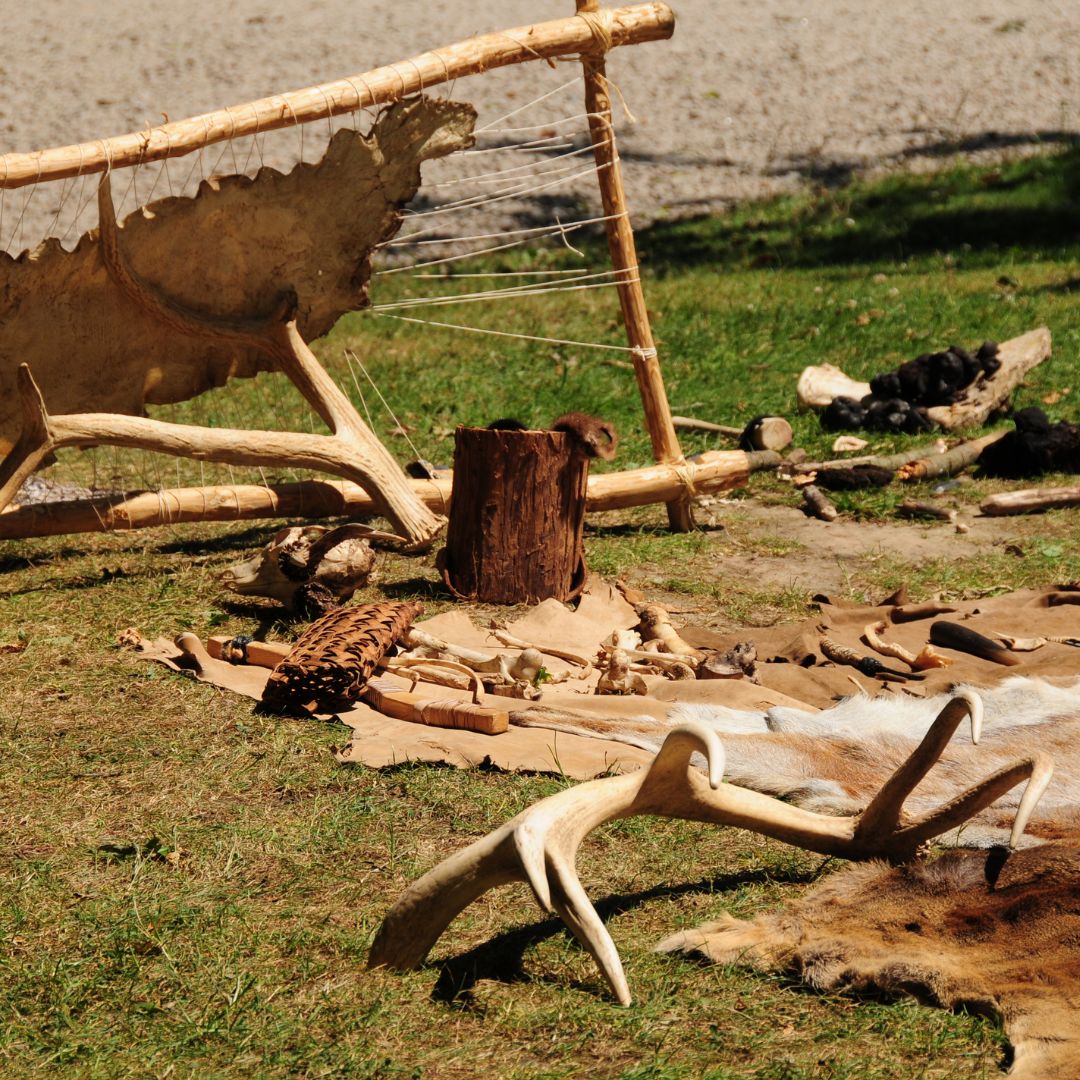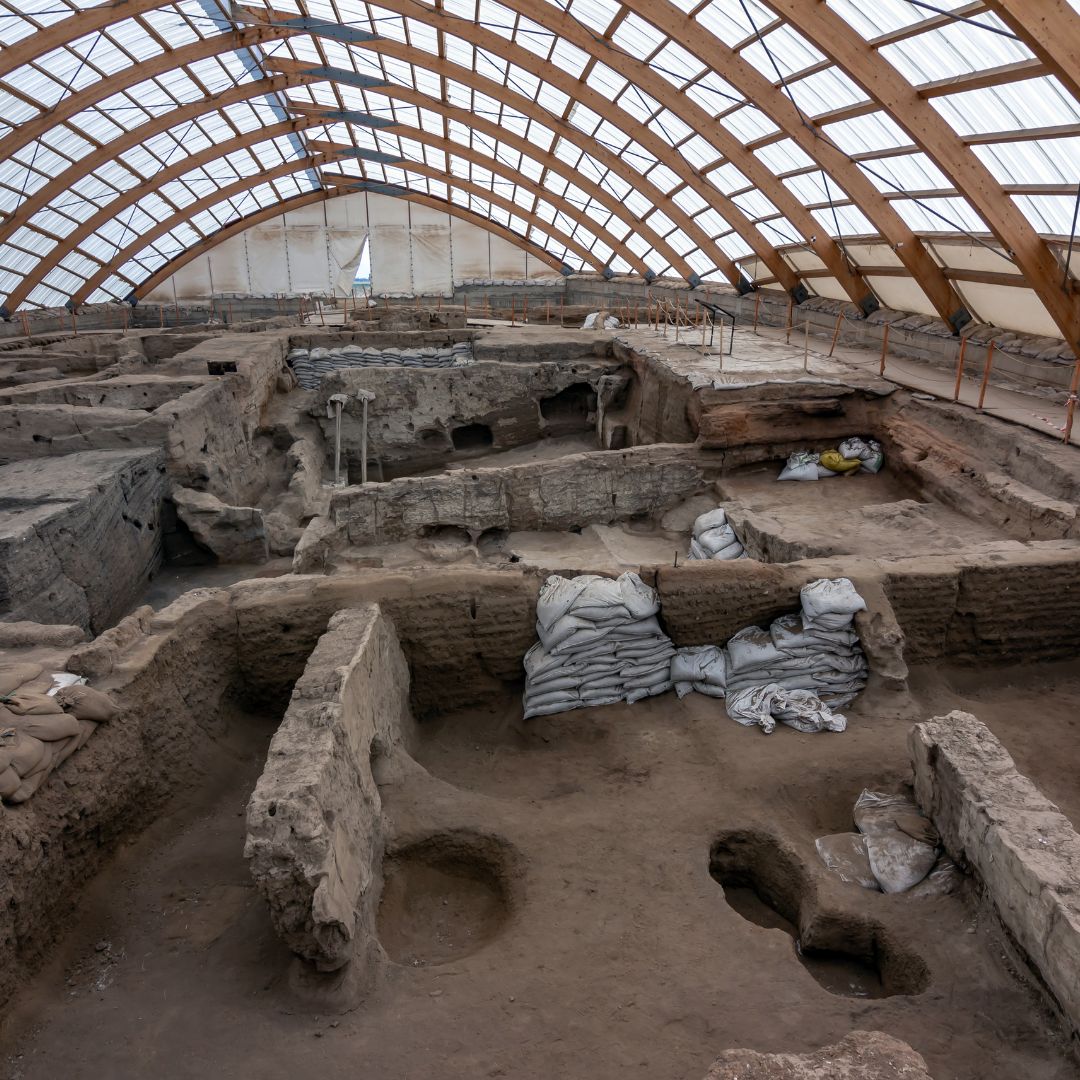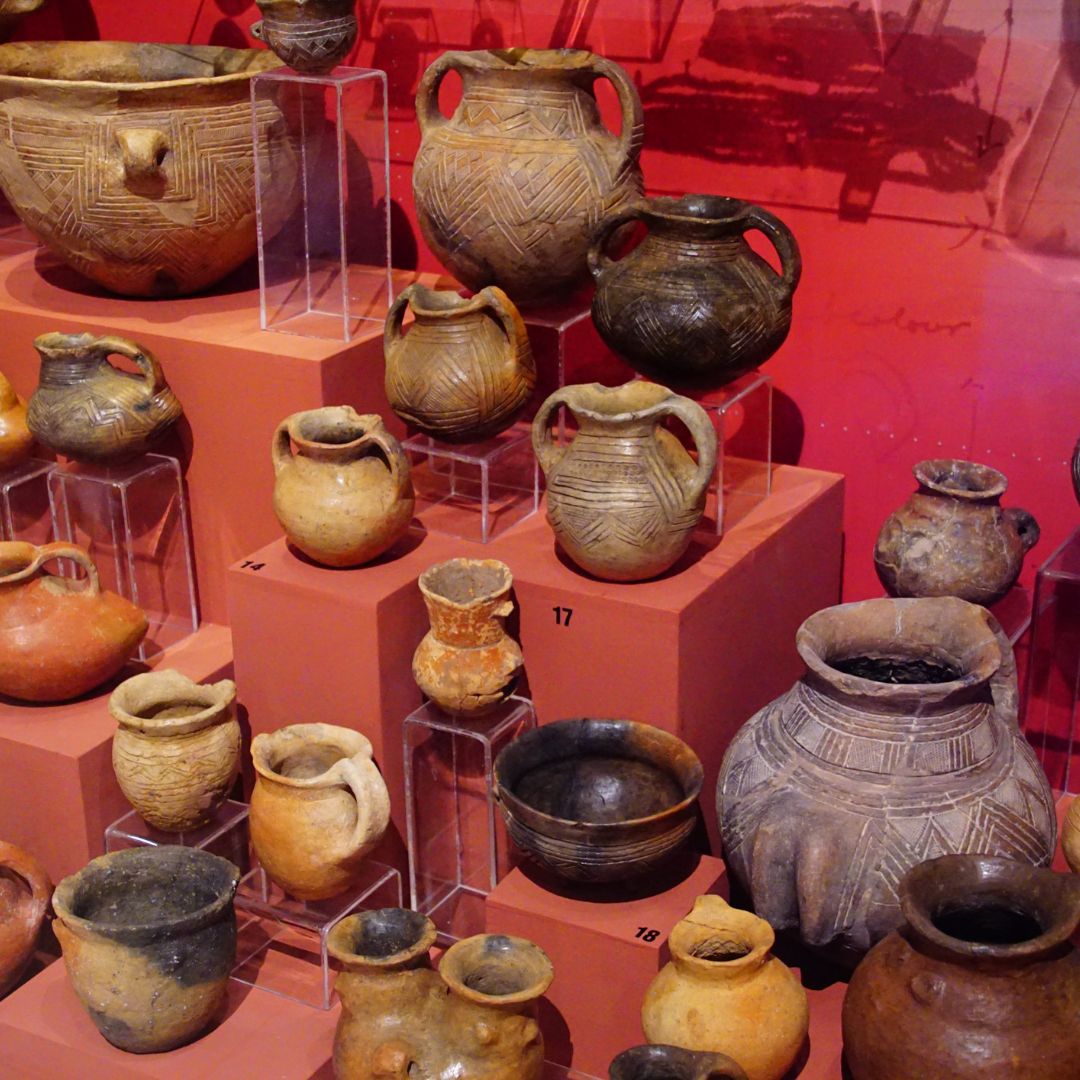There are no items in your cart
Add More
Add More
| Item Details | Price | ||
|---|---|---|---|

"Huescan Pyrenees Reveal: Neolithic Societies' Mastery of Farming and Livestock!"
Sat Dec 23, 2023
"Revolutionary Find in the Pyrenees: Neolithic Societies' Advanced Livestock Techniques Uncovered!"
The discovery of complex livestock management strategies and feeding practices in the Huescan Pyrenees offers a new perspective on the Neolithic high mountain societies. This revelation goes beyond the traditional understanding of transhumance, showcasing a sophisticated approach to animal husbandry and agriculture.
Contrary to the belief that early high mountain societies were limited to sheep and goat transhumance, researchers have now unearthed evidence of a broader range of animals. Small flocks composed of cows, goats, sheep, and pigs were not only managed for meat but also for milk production. The rise in the economic importance of pigs during this period marks a significant agricultural evolution.
The high mountain settlers of the Neolithic era employed unique feeding practices, adapting their livestock to the challenging environmental conditions. By providing access to varied pastures and possibly supplying forage from surplus agricultural products, they demonstrated advanced agricultural understanding.
The Coro Trasito cave site, a key area of this study, reveals how these early societies primarily utilized domestic resources. The presence of dairy product transformation activities and the existence of storage structures within the cave indicate an early integration into a broader economic system.
This groundbreaking research not only shifts our understanding of early high mountain societies but also opens new avenues in studying the complexity of neolithization processes in the Central Pyrenees. It challenges long-held notions about the scope and sophistication of early Neolithic economies.

{{Sameer Kumar}}